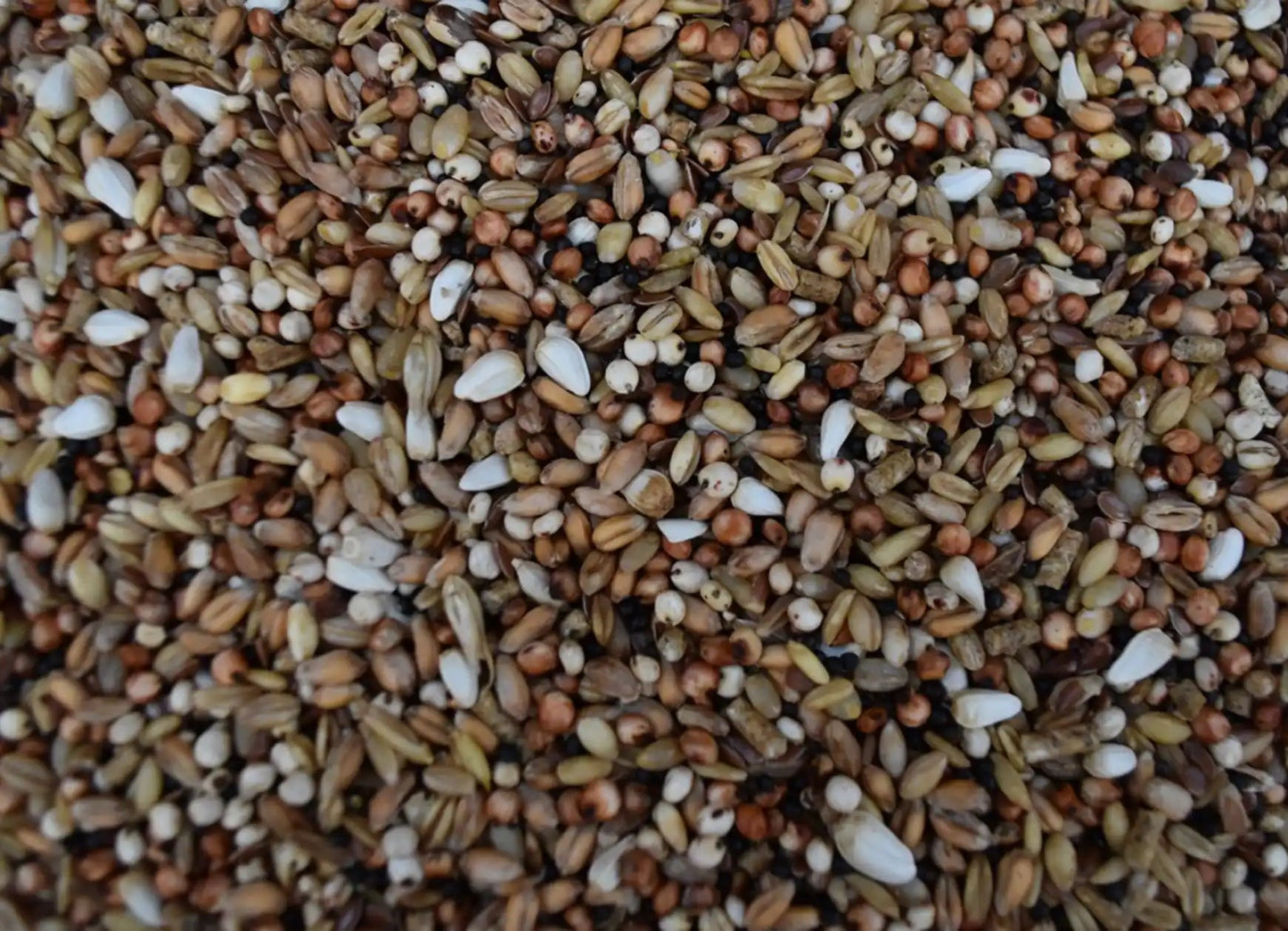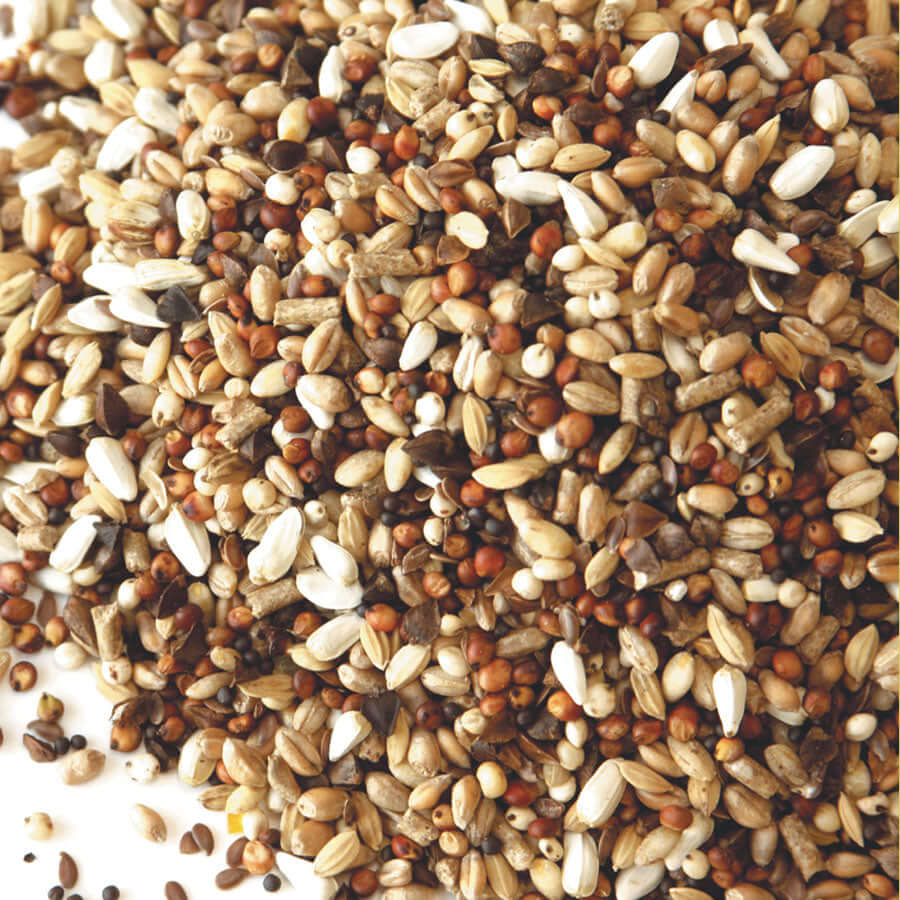What Can Pigeons Teach Us About Medical Image Perception?

When you picture the frontiers of medical innovation, pigeons are probably the last creatures that come to mind. Yet recent research (source: https://pmc.ncbi.nlm.nih.gov/articles/PMC4651348/) suggests these familiar birds may have something remarkable to contribute to the way we understand, assess, and improve medical imaging.
-

Pathologists and radiologists spend years honing their ability to interpret complex visual patterns in microscope slides and medical scans. Despite their training, even the most experienced professionals occasionally find it challenging to distinguish benign from malignant disease or to classify subtle imaging findings. Improving this process is crucial: more accurate diagnosis means better patient outcomes and more efficient care.
Traditionally, enhancements in medical image interpretation have relied on two strategies. One is the development of better imaging technology - sharper scanners, improved digital displays, more sophisticated image processing. The other is advanced training, through which clinicians are exposed to large volumes of example cases. But all these improvements need rigorous validation. In other words, before we trust a new imaging method or processing technique, we must ensure that trained observers can still perform as well - or better - than they could with previous approaches. This testing process is time-consuming and expensive, and it depends on busy, highly skilled professionals. Automated computer-aided detection systems offer some help, but they also fall short. While software can simulate certain aspects of perception, it rarely captures the full complexity of human judgement. This gap has inspired researchers to look for alternative ways to model human visual decision-making in medicine.
Enter the pigeon

Over the past five decades, pigeons have been shown to be astonishing visual discriminators. Studies have demonstrated that these birds can tell apart letters of the alphabet, distinguish Monet from Picasso, and categorise images of cats, flowers, cars, and human faces. Pigeons’ visual memory is equally impressive - they have been documented to remember over 1,800 images. Unlike many animals, pigeons can generalise what they learn: rather than simply memorising exact pictures, they can apply their knowledge to new examples that share similar visual features. Importantly, the architecture of the pigeon visual system shows striking parallels to ours. The same fundamental principles - processing shape, texture, colour and configuration - are at work. Given this shared biological foundation, researchers asked a bold question: could pigeons learn to discriminate medically significant images, and might their performance offer insights into human diagnostic perception?

To find out, scientists trained pigeons to classify breast tissue pathology slides as benign or malignant. The birds received food rewards for correctly pecking one of two coloured buttons, depending on what they saw. The training began with low magnification images (4×) and progressed to higher magnifications (10× and 20×), mimicking the workflow of pathologists examining slides under a microscope.

The results were remarkable. After a period of training, pigeons reliably learned to distinguish benign from malignant samples. Even more impressively, when presented with new images they had never seen before, they were still able to perform accurate classifications. In other words, they demonstrated generalisation, a skill essential to any diagnostic task.
The researchers then turned to radiology. Pigeons were shown mammograms containing microcalcifications - tiny deposits of calcium that can indicate early breast cancer. Again, the birds successfully learned to identify the relevant features and distinguish normal from suspicious images. Their accuracy, as with humans, was modestly influenced by whether the images were shown in colour or by the degree of compression applied to the digital files. However, with further training, their performance improved.
Not every task proved tractable. When pigeons were asked to classify mammographic masses - a more difficult challenge, even for experienced radiologists - the birds were unable to
generalise. They could memorise individual examples but could not apply their
learning to unfamiliar masses. This failure is significant: it shows that while pigeons are powerful perceptual learners, there are limits to the complexity of visual discrimination they can master.
-

What does this all mean? While no one is suggesting pigeons will replace radiologists or pathologists in clinical practice, their success hints at several intriguing possibilities. Firstly, pigeons may serve as useful biological models for understanding how humans process visual information in medical images. By studying where pigeons succeed and where they fail, we can learn which features and cues are most important for accurate perception.
Secondly, pigeons could provide a cost-effective and reproducible means of assessing new imaging technologies. As medicine increasingly moves towards digital pathology - where slides are scanned and viewed on a screen rather than through a microscope it becomes ever more important to evaluate how image quality, colour fidelity, or compression affect diagnostic accuracy. Traditionally, these validation studies have relied on expert clinicians, whose time is both limited and expensive. Pigeons, by contrast, can be trained to respond reliably to changes in image properties, offering a scalable and consistent method for performance assessment.

This approach is similar in spirit to mathematical model observers - software designed to predict how humans will perceive image quality or detect abnormalities. However, model observers typically focus on narrow tasks and must themselves be validated against human performance. Pigeons, as living organisms with visual systems analogous to ours, can provide a more holistic measure of perceptual performance across a broader range of conditions. There is still much to learn about the exact mechanisms underlying pigeons’ impressive visual abilities. Researchers suspect that colour, shape, texture, and spatial configuration all play a part. The neural pathways involved, including regions comparable to the basal ganglia and cortical-striatal circuits in humans, appear to be crucial to this process.
HAITH'S to HOME
Red Band® Pigeon Conditioner for Wild Birds
Share



In the end, while pigeons will never write reports or consult with patients, their role as surrogate observers may help us improve the tools clinicians use every day.
Supporting these remarkable birds with excellent care is just as important as studying their abilities. By providing pigeons with a nutritious diet, enriched environments, and humane training conditions, we ensure their wellbeing while enabling them to demonstrate their extraordinary visual skills. After all, healthy pigeons truly do become the best eyes in the skies, reminding us how much we can achieve when we respect and nurture the animals that help advance science.



